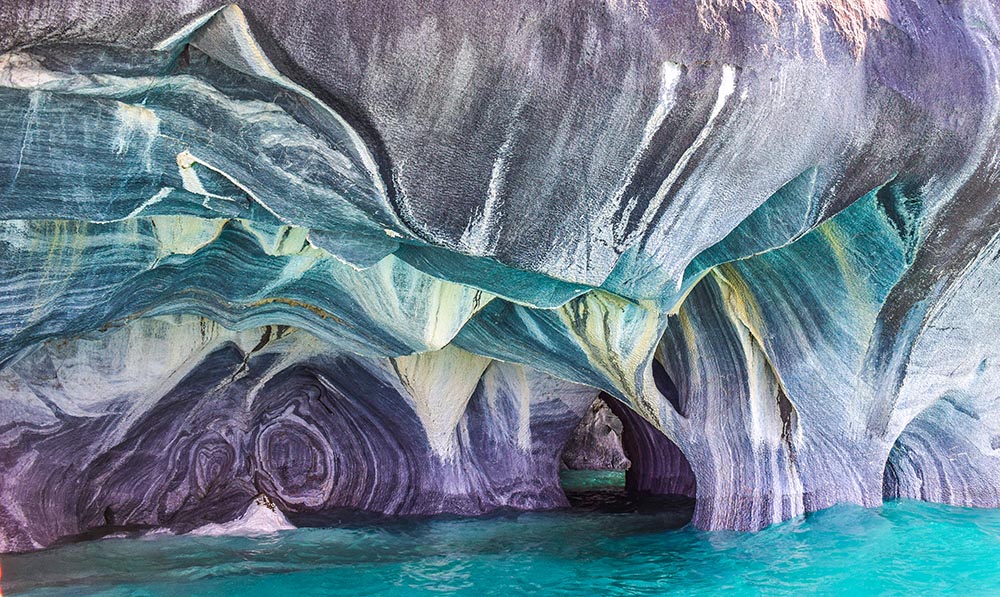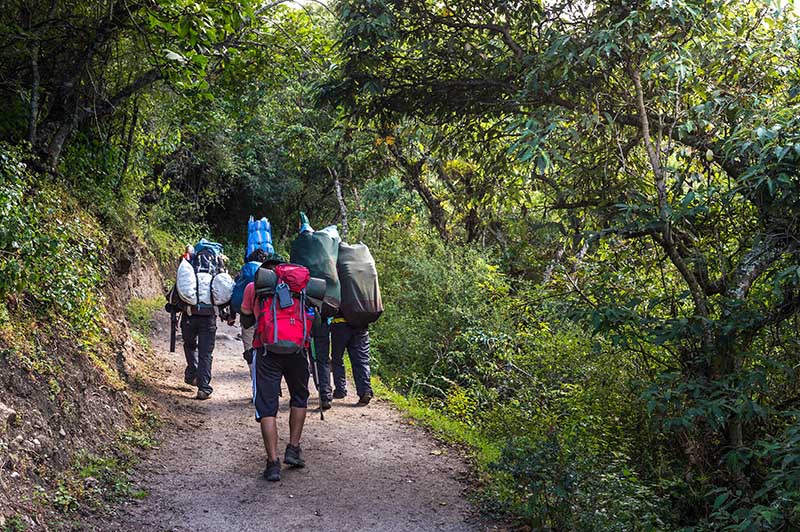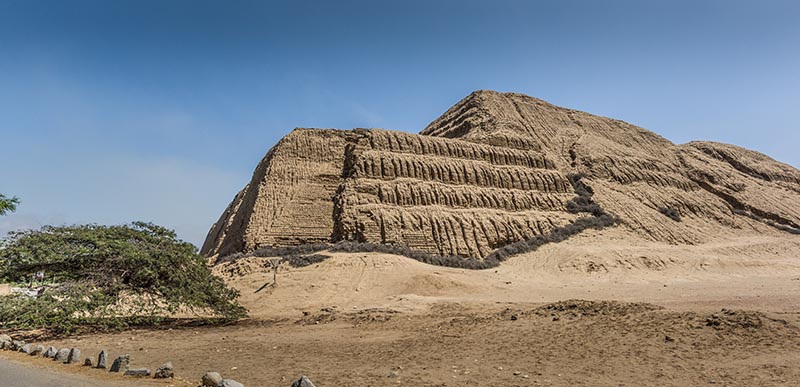Natural South America: See It While You Can


Tourism is arguably one of the fastest growing and most important revenue generators for the economies of the world’s developing countries. Having said that, I learnt recently that Ecuador’s biggest exports are oil, bananas, roses, and then tourism.
Regardless, almost all countries place a huge importance on tourism and in turn their respective historical, cultural, and natural sites. Central & South America is home to a plethora of said sites, with many being instantly recognizable either by name or by sight.
From the extremes and beauty of Patagonia in the south; the bordering islands of Rapa Nui (Easter Island), the Galapagos Islands and the Falklands; the heart of the continent nestling the famous Machu Picchu, Lake Titicaca, the Amazon Rainforest, the largest waterfall in the world, Iguassu Falls, and some of the best wine regions in the world, as well as the cosmopolitan cities of Santiago, Rio, and Buenos Aires; the north is home to the world’s tallest waterfall, Angel Falls, as well as the tropical delights of Cartagena and Bogota.
With so many choices in a reasonably compact area, it is not surprising that demand is beginning to outstrip capacity.
Times have changed and local governments are now more than ever proactively taking steps to help preserve all of these sites. Without sounding like my grandfather, “back in my day” access to these sites was far less strict, which has, when viewed in the rear-view mirror of time, a romantic and “ahh those were the days” feel that to this day I remember with fondness. But those lax times also endangered sites and or brought them to the point of over exploitation.
Four examples stand out. Two are historically famous where as two not so much, but could have proved as equally as big a loss had not steps been taken to alleviate the pressure of their popularity.
Lets start with the famous ones.

The Amazon Rainforest
While still under threat due to resource extraction and deforestation, local operators as well as western tour companies are all battling to see this enormous green belt not only remain viable for tourism but viable to us all at the base level of existing. Governments in Ecuador, Peru, Bolivia, and Brazil—yes, the Amazon is that big and I didn’t mention the fact that it also touches Colombia and Venezuela—are all taking big steps in protecting the “lung of mother earth,” often battling European and North American oil companies in the process.
While a visit to the Amazon has not changed all that much over the years, the fact is that it is still shrinking in overall size, despite the great work to protect it, and species are still disappearing. See it while you can!


The Galapagos Islands
The Galapagos are more than just picturesque islands in the Pacific—they are the inspiration and some would say the birthplace of modern humanity’s interpretation of life’s development over the millennia. This is where Charles Darwin formulated his Theory of Evolution. This is where one can commune with nature at times no more than inches away. Home to the famous blue-footed boobies, frigate birds, huge land tortoises, and marine iguanas, plus a menagerie of more animals and sea life, the islands’ popularity has grown as more and more people discover Ecuador and the ease in which you can travel to the islands themselves.
A US $100 park fee is charged to visit the islands—the entire island chain is located in a national park—all of which goes back in to guide’s education and local’s education as well as helping to preserve and protect the islands themselves. 2012 saw the introduction of new rules governing the itineraries so as to lessen the impact on the islands and “spread the load” of curious travellers.
The Galapagos are a “Garden of Eden” and from numerous visits spanning 10 years, I am pleased to say that the visits have been almost identical to each other, which goes to reinforce the great effort local authorities have made to ensure the islands’ almost virgin state remains in place. See it while you can!
Two of the lesser-known examples of sites being brought back from the rim are surprising.


The Inca Trail
The Inca Trail has been a Mecca for trekkers and those seeking to view the famed “Lost City of the Incas,” Machu Picchu, for years. Here I go again when I say “back in my day” the trail was open to any man and his dog, or donkey, to walk. The result was a trail that was crowded, beaten down, and absolutely filthy with all kinds of refuse both biological and other being left everywhere—to the point that people were actually turning away from visiting the famous site.
Today, new rules—some would say draconian—are in place and the trail is now monitored, controlled, kept spotlessly clean, and a true joy to walk. Demand is exceeding capacity for both the trail and visits to the ruins by train and further controls are being discussed.
While the rumours of Machu Picchu being closed are categorically false, the opportunities to visit are becoming harder due to the warranted oversight and protection of the ruins. The ruins have stood for over 500 years and probably will for another 500, but the chance to visit them is being reduced every year as we strive to protect one of Peru’s, and the world’s, greatest archeological sites. See it while you can!


The Sun and Moon Temple
One of the more “unsung” stories of the Peruvian government’s focus on its natural heritage is found in the story of the Sun and Moon Temple in Northern Peru outside the colonial town of Trujillo.
Built during the Moche empire—yes, there were ancient peoples in Peru other than the Incas—these two huge adobe brick pyramids stood almost neglected until President Fujimori began investing resources back into their protection and excavation. So much so that—here I go again—when I was a tour guide and we parked our vehicle for our tours where the designated parking spots were, it turned out to be on top of an ancient pottery factory, which has since been fully excavated.
The now famous relief sculpture with its original earth sediment paints was open to the elements until proper and organized restoration steps were put in place. These temples were literally blowing away in the desert winds and today the deeper story of the Moche civilization has been revealed through the simple steps of caring and research. See it while you can!
Time can move so slowly, but at the same time you look around and you wonder where it all went. These are but a few small examples of how the world has changed and continues to do so and these are but a few examples of why you should get out there now and see Central & South America and the other amazing destinations Goway has to offer.
Sustainable tourism, as the name implies, came into existence to see the long lasting and beneficial returns of tourism continue into the future while at the same time allowing me and you, my children, your children and their grandchildren the chance to experience the intimacy, the beauty, and pure uniqueness of these and other natural treasures of the world.
See it while you can!


